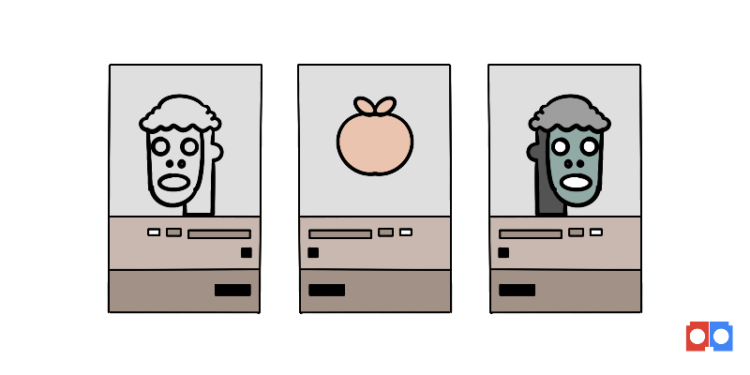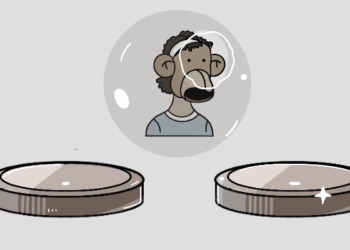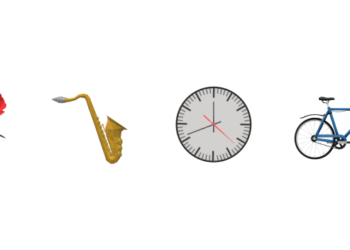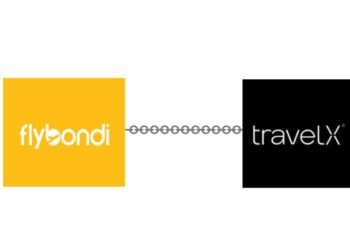Takeaway Points
- Rug pulls are one of the most common NFT scams, where creators abandon projects after profiting.
- Warning signs include unrealistic returns, poor community engagement, and a vague or copied roadmap.
- Thorough research on project founders, social media activity, and development plans can help you avoid scam
Understanding Rug Pulls
A rug pull is a scenario where the creators of an NFT project withdraw the funds and abandon the project after making a profit. Some do this gradually by draining the project until it collapses, while others abscond immediately after selling out. This is comparable to a pump-and-dump scheme in the cryptocurrency world. Detecting a rug pull can be challenging, as it involves malicious human intentions, but it’s not impossible for those who study the project carefully.
The primary targets of rug pull perpetrators are new investors and unsuspecting newcomers. One of the most notable cases was “Frosties,” executed by Nguyen and Llacuna. They succeeded with Frosties and were about to launch another project called “Embers” before being arrested. In recent years, rug pulls have become increasingly prevalent in the NFT space. For instance, in the third quarter of 2023, rug pulls accounted for over 65% of crypto attacks, resulting in nearly $50 million in losses.
This rapid increase in rug pulls has fostered a culture of vigilance among NFT users. It’s crucial to understand how this scam operates and how to protect yourself and your funds. Be cautious of projects promising unrealistic returns on investment (ROIs), as they are often too good to be true.
How to Detect and Avoid Rug Pulls
Detecting an NFT rug pull scam can be challenging, but it’s advisable to prevent getting involved rather than trying to exit in the middle of the project. Here are some warning signs to watch for:
Project Development. NFT projects intending to execute a rug pull often lack a proper development roadmap. They are typically focused on luring new and unsuspecting users to invest.
Poor Community Development. Such projects are not interested in the growth of their community members. They usually do not educate or update their community on plans to improve the ecosystem.
Unrealistic Short-Term Returns. If a project promises returns that seem too good to be true, it’s a significant red flag.
Lack of a Concrete Roadmap. Projects without a definite and unique roadmap should be avoided. Some may copy roadmaps from other projects, indicating a lack of genuine development intentions.
Social Media Presence. Examine the project’s social media engagement. A high number of followers with low engagement may indicate that many followers are bots. Study their communication channels thoroughly before investing.
Founders’ Records. Investigate the founders to ensure they have no criminal records or affiliations with individuals who do. Check their credentials in their respective industries. This step is crucial, especially if you’re considering a significant investment.
Conclusion
Rug pulls are one of the most common NFT scams, where creators abandon projects after profiting. Warning signs include unrealistic returns, poor community engagement, and a vague or copied roadmap. Thorough research on project founders, social media activity, and development plans can help you avoid scamRug pulls are now officially recognized as a crime. If you suspect you’ve been swindled by such a project, please report it to the appropriate authorities.
















